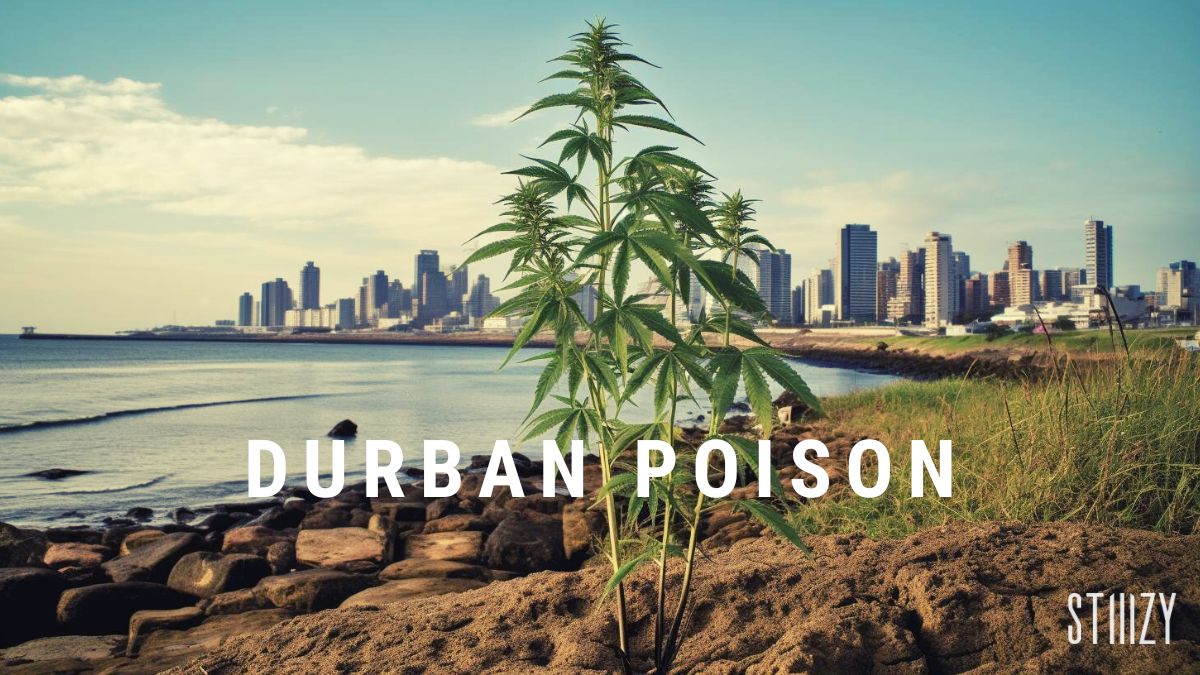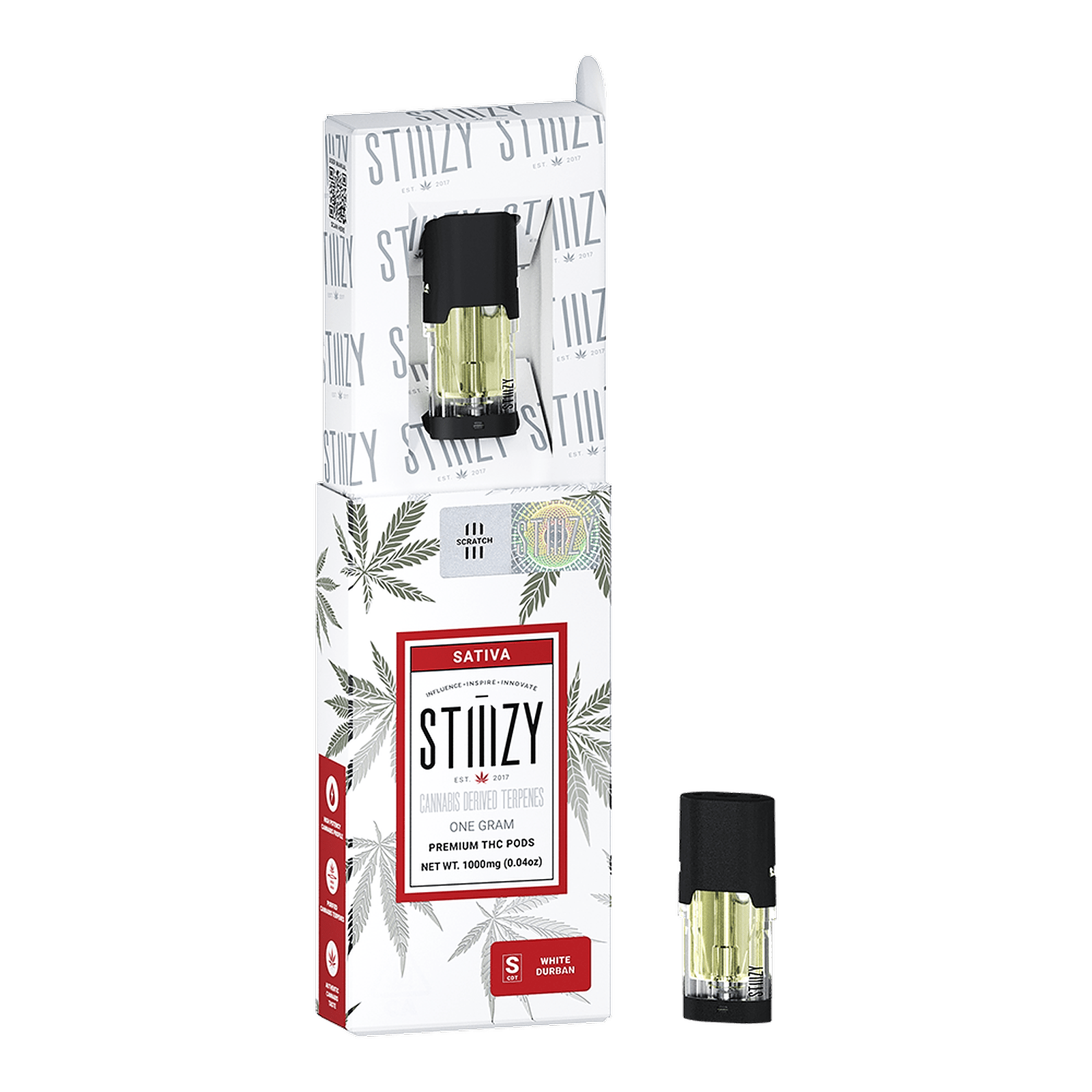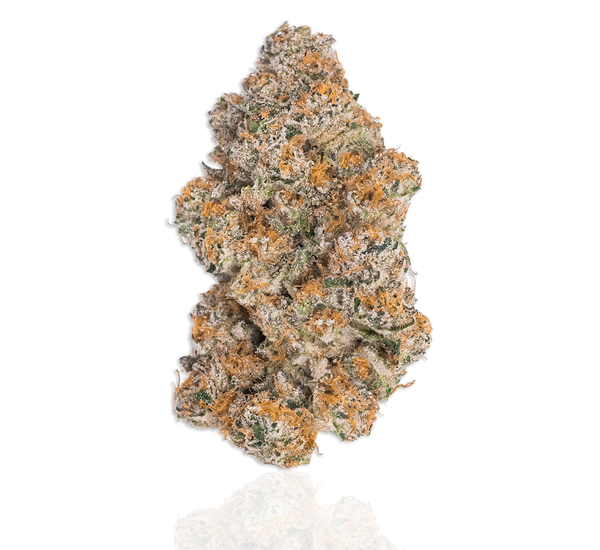Durban Poison: A Legendary Landrace Strain

Durban Poison, sometimes simply called Durban, is an internationally recognized African landrace that continues to shape modern cannabis genetics. Named after the port city of Durban in South Africa, this pure sativa cultivar is celebrated for its cultivation vigor, complex aromatic profile, and historic role in global breeding circles.
Origins and Genetics
Durban Poison is among the most well-known landrace strains in cannabis history. With 100% sativa lineage, it evolved naturally in the subtropical climate of KwaZulu-Natal, adapting over generations to its environment.
Its global breakout began in the late 1970s when American cannabis advocate and author Ed Rosenthal reportedly collected seeds during a visit to South Africa. Through selective breeding and preservation efforts, Durban Poison was stabilized and introduced to international growers, establishing itself as a cornerstone of cannabis genetics.
What Is a Landrace Cannabis Strain?
Landrace strains are regionally native cultivars that developed through natural selection in isolated environments. Unlike modern hybrids that result from intentional crossbreeding, landraces like Durban Poison represent a purer genetic expression shaped by geography, climate, and time. These foundational cultivars serve as the genetic backbone behind many popular hybrids today.

Terpene Profile and Aromatics
Durban Poison’s aromatic profile is driven by a unique mix of terpenes:
-
Terpinolene – Often dominant, offering a floral and herbal character
-
Myrcene – Contributes an earthy, musky undertone
-
Limonene – Adds bright, citrus-like notes
Together, these terpenes create a layered aromatic experience often described as pine-forward and earthy.
Profile and Scent Experience
The overall profile of Durban Poison leans herbal and woody, with supporting hints of spice. This cultivar’s aroma reflects its landrace roots and rich terpene diversity.
Appearance
Durban Poison stands out visually among traditional sativas. Instead of producing wispy, airy flowers, it often develops compact, rounded buds. These flowers typically feature a blend of bright and forest greens, vivid orange pistils, and a generous coating of sticky trichomes when cultivated with care.
Durban Poison Seeds
Feminized and regular Durban Poison seeds are available through several reputable seed banks. Always follow local laws and licensing requirements when cultivating at home.
Durban Poison in Breeding
As a foundational landrace, Durban Poison has been used to create several standout hybrids that maintain elements of its signature aromatic profile while enhancing other traits like structure or yield. Notable crosses include:
-
White Durban (Durban Poison x White Fire OG)
-
Durban Cookies (Durban Poison x Girl Scout Cookies)
-
Durban Glue (Durban Poison x Gorilla Glue #4)
-
Blue Durban (Afghani 76 x Lavender x Durban Poison)
-
Pineapple Poison (Durban Poison x Pineapple Express)
Comparable Landrace Sativa Strains
If you're exploring other foundational cultivars with sativa lineage, check out:
-
Thai Sativa
-
Malawi Gold
-
Panama Red
-
Congolese
-
Lamb’s Bread
-
Colombian Gold
These cultivars share similar environmental adaptations and historic significance in cannabis genetics.

FAQs
Yes. It’s a pure sativa landrace originating in South Africa.
Yes. Both feminized and regular seeds can be sourced from select seed banks.
STIIIZY complies with all applicable state laws regarding the sale and marketing of cannabis products. This content is intended for adults 21+ in jurisdictions where cannabis use is legal under state law. By engaging with this material, you acknowledge that you are of legal age in your jurisdiction.
This content is for informational and educational purposes only. It is not intended to diagnose, treat, cure, or prevent any disease or medical condition. STIIIZY makes no health claims about cannabis products. Consult a licensed healthcare professional before using cannabis, especially if you are pregnant, nursing, or have a medical condition.
Cannabis products may affect individuals differently. Consume responsibly and avoid operating vehicles or machinery after use. STIIIZY disclaims all liability for any adverse effects, legal consequences, or misuse resulting from the use of our products or reliance on this content.
Cannabis laws vary by state and locality. This content does not constitute legal advice. Users are responsible for understanding and complying with their local regulations.
Statements about product effects or benefits are based on general industry knowledge and user experiences. Individual results may vary. STIIIZY does not guarantee specific outcomes.
References to third-party studies, testimonials, or external resources are provided for context only. STIIIZY does not endorse or validate these materials unless explicitly stated.
The views and opinions expressed in this blog are those of the author and do not necessarily reflect the official policy or position of STIIIZY.



